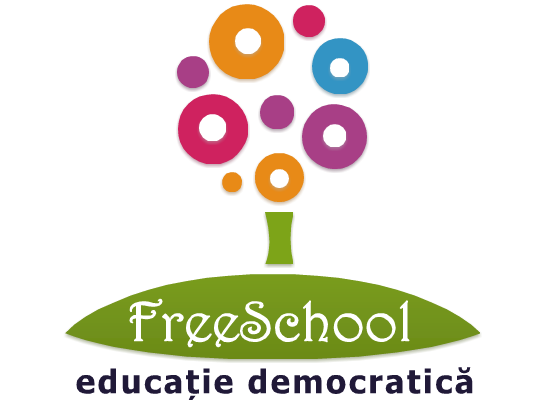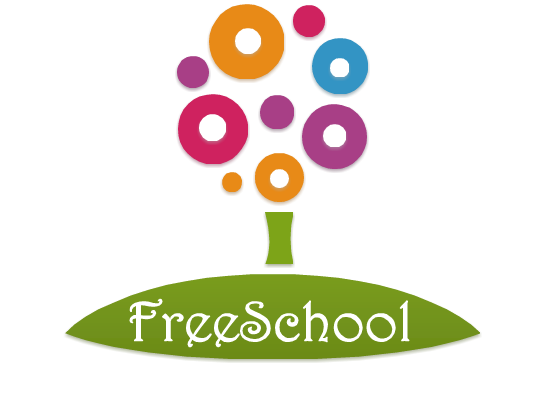Mental Arithmetic for Children - SmartyKids
FreeSchool started a partnership with SmartyКids, and our centers in Bucharest are SmartyKids Militari and SmartyKids 1 Mai.
Who is SmartyKids?
SmartyKids is official member of SAMA Global Abacus and Mental Arithmetic Association, a prestigious worldwide mental arithmetic organization, whose members are the most sought-after and famous schools and academies in Asia and UE, and which includes organizations from 20 countries, such as: Taiwan, Malaysia, Hong Kong, Russia, Bulgaria, India, Armenia, Saudi Arabia, China, Vietnam, Jordan, Romania, Palestine, Egypt, Uzbekistan, Lebanon, Sri Lanka, Moldova, Ghana, Trinidad and Tobago.
SmartyKids is present in 8 countries, and has over 350 centers and more than 20,000 children enrolled, over 1000 qualified teachers and participation in 25 Olympiads.

1. What is Mental Arithmetic?
We broadly define mental arithmetic as complex development method based on Abacus calculations; by using it to make calculations, children eventually get to visualize the beads and so they become able to quickly perform mental calculations.
The device used in the mental arithmetic courses is the abacus, which is basically a counting frame.
The name of the device comes from the Greek abakus and it is an ancient computing tool originating thousands of years ago, used in the beginning of civilization out of an everyday life necessity to keep track of things, goods, crops, when large quantities were involved; as there weren’t too many tools at hand to keep record of them, people took a stone, which they covered with fine sand, and on that stone, they drew numbers; and so, the first calculations appeared. Later on, people passed on to a stone similar to a chess board, on which they placed some beads. They moved the beads so that each move represented a number.
In time, the Chinese people, famous for their crafting skills, created another type of Abacus and name it Suan-Pan. It consisted of a frame with five beads in the lower part and two in the upper part.
Nowadays, the Abacus, as it is internationally referred to, consists of a rectangular frame with vertical rods and beads on them. There are four beads in the lower part and one in the upper part, separated by a rod named Separator (the Equal from mathematics). When bringing beads by the separator, a number is formed. When bringing one bead by the separator, number 1 is formed, when bringing 2 beads, number two is formed, and so on.
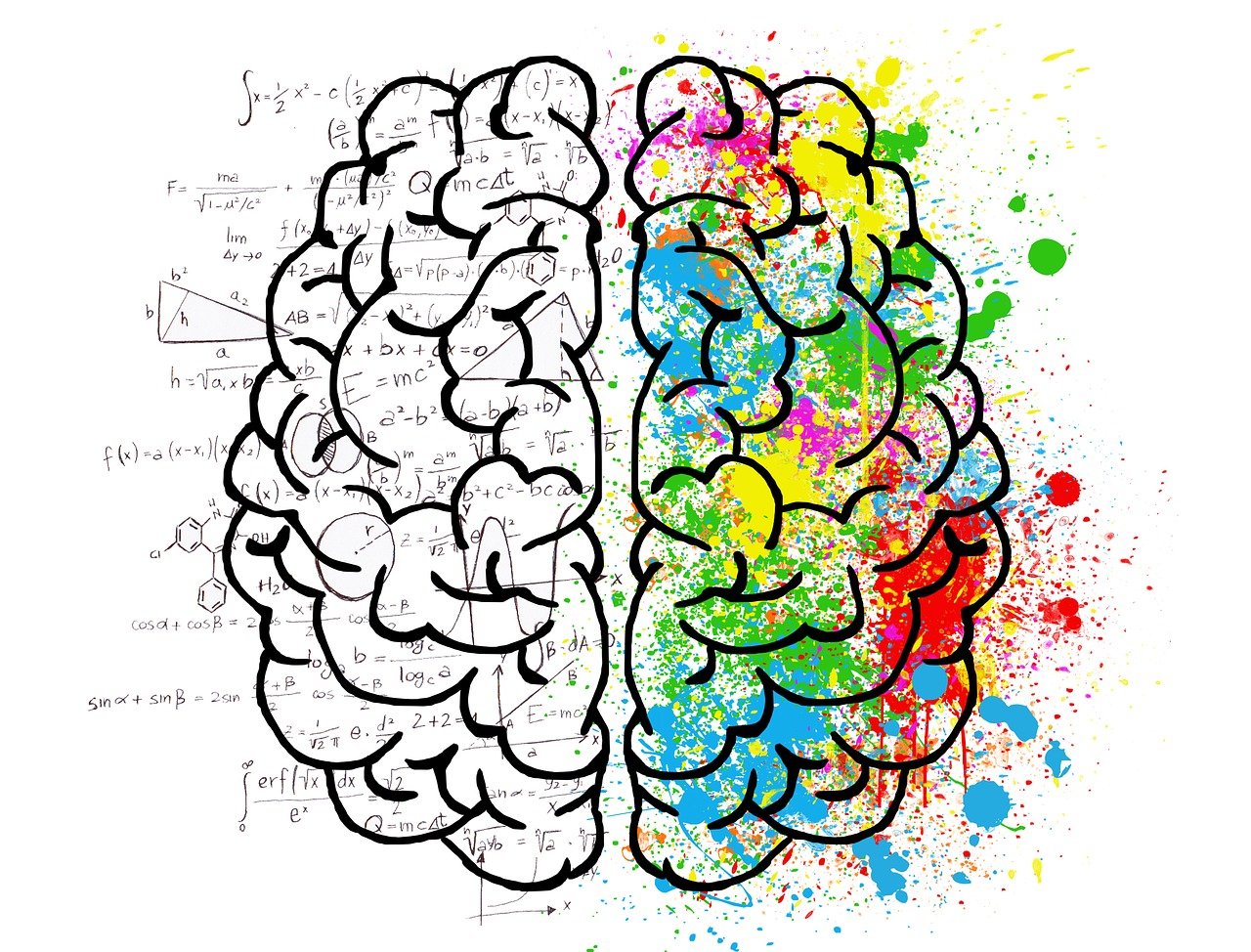
It has various names, depending on the region: ♥ in Japan is called Soroban ♥ Suan-Pan is called in China ♥ Counting frame/ schoty in Russia, Romania.
In a world of computers, when everything is a click away, an abacus may seem obsolete, however the benefits of this method on children’s development are amazing. It is precisely why mental arithmetic is included in school curricula in countries from Asia. In Beijing alone there are over 1,800 mental arithmetic schools! This method particularly addresses children in an age range from 4 to12, and the reason for this recommendation is that up to 12 years of age a great brain plasticity is maintained, there is an intense growing of the central brain and nervous cells and neural connections are established between the left and right hemisphere.
As you may know, the left-brain hemisphere is responsible for logic, language, reasoning, science and mathematics, analytical thinking, writing, numerical aptitudes and it controls the left hand.
The right hemisphere is responsible for creativity, imagination, intuition, perspicacity, musical aptitudes, capacity to visualize 3D shapes and it controls the left hand.
The connection between the two hemispheres is made in corpus callosum.
By working with the Abacus, children use both hands to move the beads, actually balancing the brain so as to enable transition from the left hemisphere to the right and back. By projecting the abacus in mind, the right hemisphere - imagination and creativity - is worked out. This is one of our goals: to get to balance the two hemispheres, so as we may reach a maximum potential for the brain. In addition, by touching the beads (ellipsoid shape) with the fingertips, we activate nerve endings that access the BROCA area of the brain, which is responsible for both language and cognitive functions.
2. How does mental arithmetic work?
The main intelligible activity for children is that related to working with objects. Learning how to make calculations using the abacus is precisely such an activity. Calculation is easier to learn with the help of an object (that is why the abacus is used), than if one started to calculate directly in the mind.
With the help of the abacus, children make calculations by moving the beads so they end up doing additions, subtractions, multiplications and divisions.
The goal is to succeed, after a period of using the abacus for such calculations, projecting the beads in mind, to that one could make such calculations mentally, merely by imagining the abacus, but without actually using it.
First, children learn how to quickly handle the abacus, and only afterwards the pass on to the part where they project its image in mind and get to make mental calculations.
This capacity to reproduce and maintain a mental image of the abacus, enable children to learn how to concentrate and quickly make mental calculations, thus developing the reproductive thinking; in time, this process tends to evolve to automation.
For example, after we, the adults, learn something, let’s say, for example, riding bikes or driving cars, the entire process whereby we manage to perform that activity, once learned, is retrieved from the subconsciousness; we no longer think about how to mount the bike and pedal with the right foot, then with the left and so on, or, when driving, we don’t think about every move, but simply replay actions engraved on automated pilot. The same happens when working with the abacus; once children learn the method and mechanism behind it, it is easy for them to make any calculation they want.
Examples gradually become more difficult, and as tasks tend to become more and more complex, they use more and more calculation components, and thus develop, on one hand, the capacity to distribute attention and short-term memory, and, on the other hand, long-term memory, by memorizing calculation formulas.
Every child also activates photographic memory, which is improved by practicing with flash cards. Flash cards are either on physical format, on one side it is the number represented on the abacus, and on the other side is the actual figure, so that one could check whether they answered correctly, or on SmartyKids platform.
3. Benefits of mental arithmetic
First of all, we underline the fact that mental arithmetic is NOT just mathematics!
Children learn not only to calculate; they also benefit of a more complex development.
Children’s success consists not only of the fact that they learn to perform quick calculations with large numbers; there are also the long-term benefits on child’s cognitive functions. We believe that the foundation of learning is the desire for knowledge, but self-confidence is also very important in this process.
Children who take mental arithmetic classes get, very shortly after, in contact with figures and manage to perform calculations quicker than adults (some of them at young age) and this gives them confidence in the fact that “I can/I know”, which further shows in school activities and not only. By using the abacus in mental arithmetic classes children develop on one hand the ability to focus their attention, thinking, logic, short-term and long-term memory, auditory, visual, photographic memory, speed of thinking, but also imagination and creativity.
Process internalization is very important; a child graduating the first stage of mental arithmetic courses is a child who experienced the success of the thing well done, being able to integrate abilities such as those described above: attention, memory, focus, speed of thinking, creativity and imagination.
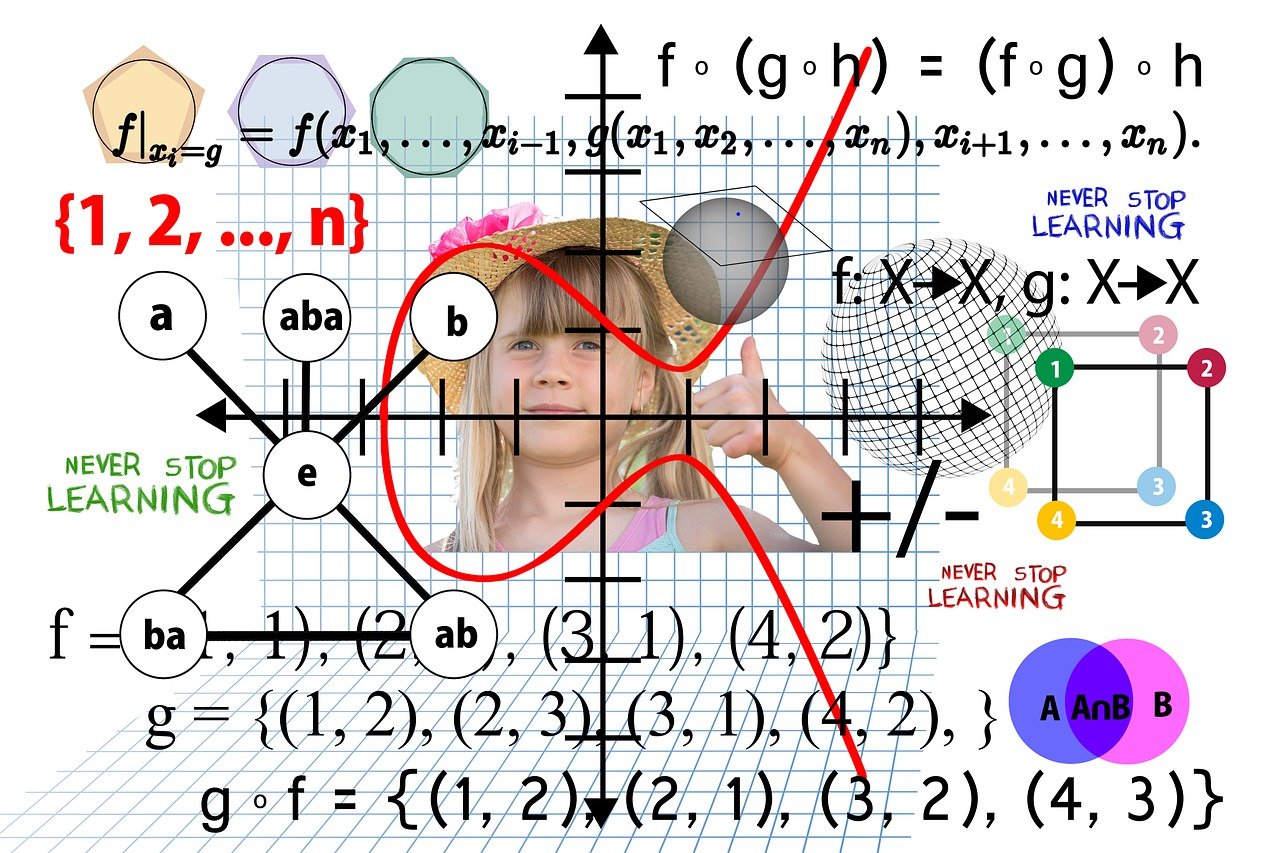
How does a mental arithmetic course in SmartyKids Militari and SmartyKids 1 Mai centers look like?
The entire mental arithmetic course spreads over a period of 2 - 3 years and courses are modular. Each module lasts 3 to 6 months. Classes take place twice a week, and they are 1 hour long. All classes are taught under the form of a captivating game and are part of a unified scenario.
At SmartyKids Militari and SmartyKids 1 Mai centers, we start each mental arithmetic class with a series of little games meant to energize children and warm out their fingers. This type of exercises are beneficial for improving motricity, hand-eye coordination, manual dexterity and also for preparing for writing.
During our classes, in addition to actually teaching mental arithmetic, we combine studying with a series of games, tests, stories, all aimed at developing the cognitive areas described so far. We have a series of games for developing creativity, imagination, and also memory, focus and thinking.
♥ Tangram – geometric shapes serving imagination and creativity
♥ What if you were...(an animal, feeling, flower) – self-awareness exercise
♥ Finger fitness, Brain Fitness – development of brain hemispheres
♥ Schulte Table, Gorbova-Schulte Table – Is a super-exercise enabling memory training, development of cognitive functions, information processing speed, distributed attention, and peripheral vision. It is a table of aleatorily distributed numbers, and children are required to find order as quickly as possible. When practicing this exercise, we guide children to focus a black spot on the center of the table and work out peripheral vision.
♥ Raven Matrices
♥ Hand clapping game
♥ Game of unit calculations with head or nose
♥ Right hand adds, left hand subtracts and hand clapping only at each addition/subtraction
♥ Montessori series – memory flashcards
♥ Bernstein Test
♥ Motivational stories, intertwined lines, labyrinth, find the difference. What is wrong…?
♥ Memory tests
♥ Find the difference
♥ Stroop Test, Burdon Test
♥ Dominant hand – coloring with both hands, writing with both hands, etc.
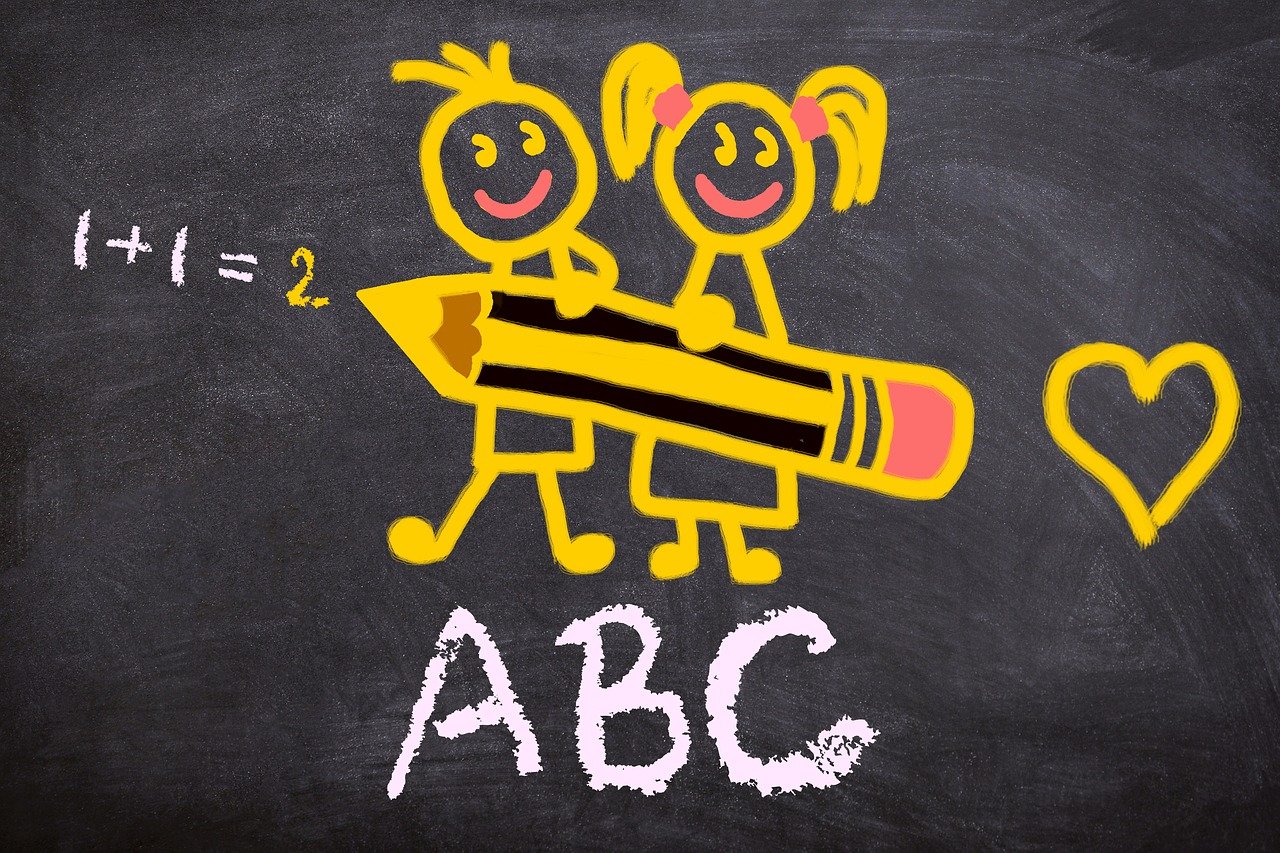
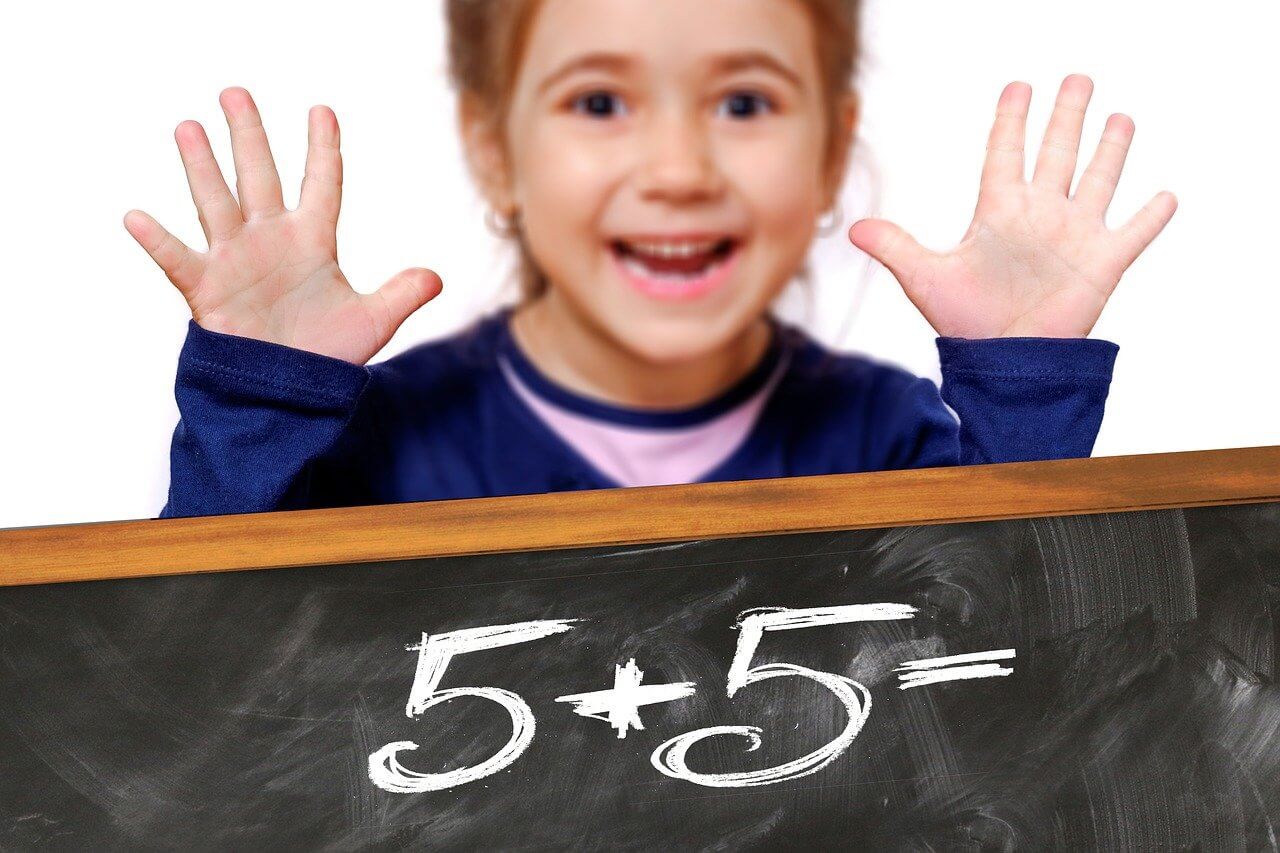
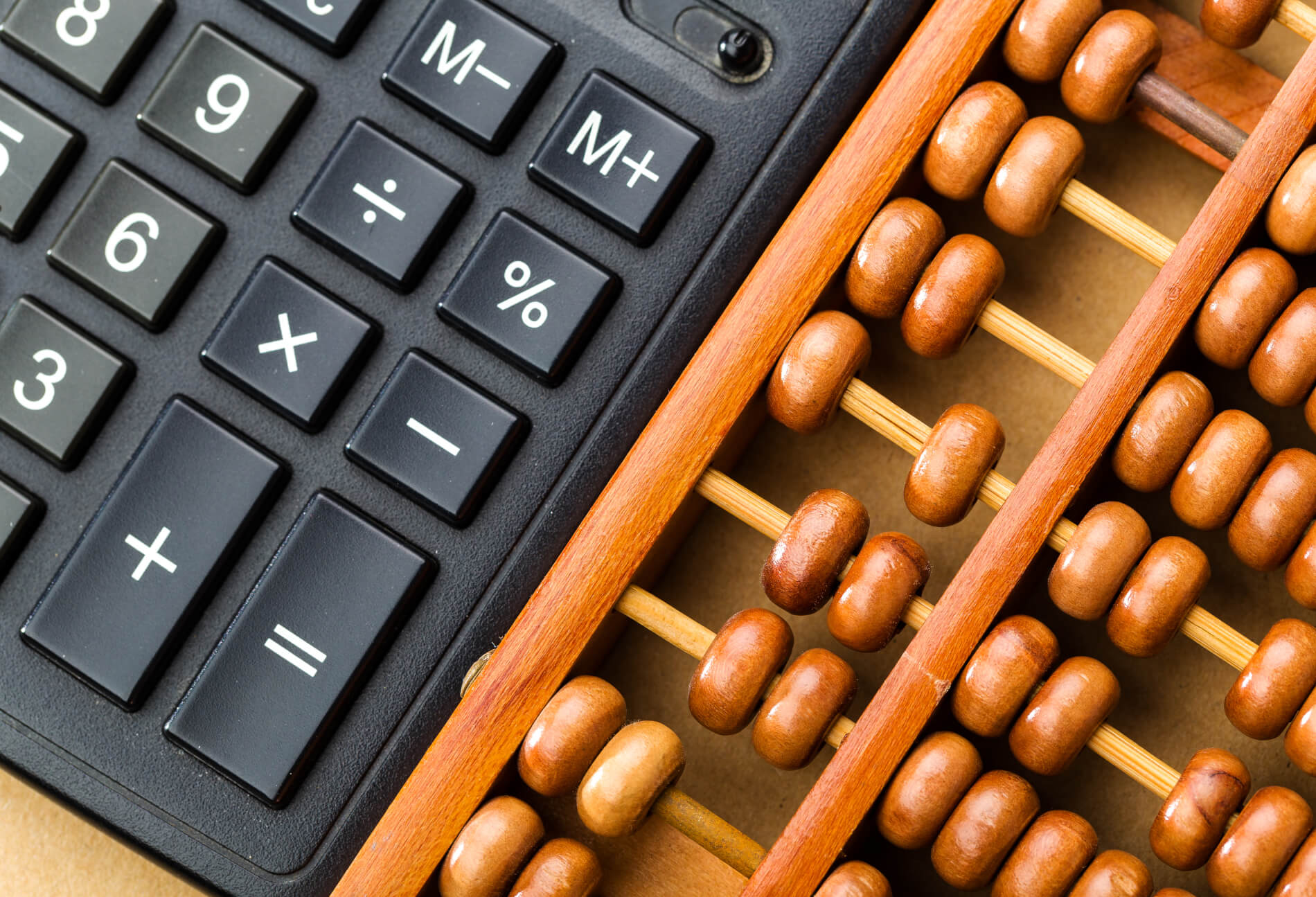
The gamification approach is also part of our advantages, which means that each class has its own scenario and story, meant to keep children engaged.
During mental arithmetic classes at SmartyKids Militari and SmartyKids 1 Mai, children help Smarty, who is the main hero of the story, in its intergalactic adventure, so that Smarty together with the children manage to travel among planets with the help of abacus calculations.
Children take great pleasure participating in our classes because we alternate learning mental arithmetic with intellectual games, group and individual exercises, which also develop attention and creative abilities.
To make learning even easier, in mental arithmetic classes we use a kit of materials that includes, in addition to the abacus (which we use to calculate correctly and quickly), we also make available to our students unlimited access to SmartyKids Platform, where children can improve the method they studied. Children can practice here the method at their own pace, as each child has his/her own user account in the platform.
There is also a workbook, where children solve calculations, a Cosmos booklet, so that children may know each class what journey they will take together with Smarty, and an augmented reality textbook. In order to access augmented realty, students need a smartphone application, with the help of which they can see how certain images from the textbook come to life. Moreover, if they choose to color those images, they will see them in the colors they chose. Children respond very well to the use of augmented reality textbooks and they are delighted by the road to destination described in the Cosmos booklet, the process of learning mental arithmetic being one that they like and endear.
Mental arithmetic is a discipline entailing daily practice with the abacus, for 10 to 15 minutes, and the online platform enables this. Children have unlimited access to this platform; this is where they can make homework assigned by the teacher, and the teacher can review children’s results. By using a tablet or smartphone, children can practice the technique at home, in the car, during vacation and even while at their grandparents’.
For us, teaching mental arithmetic is a team project involving children, teacher and also parents. Obviously, the most spectacular results will be obtained from this close cooperation. We maintain communication with parents throughout the course and regularly inform them on children’s progress.
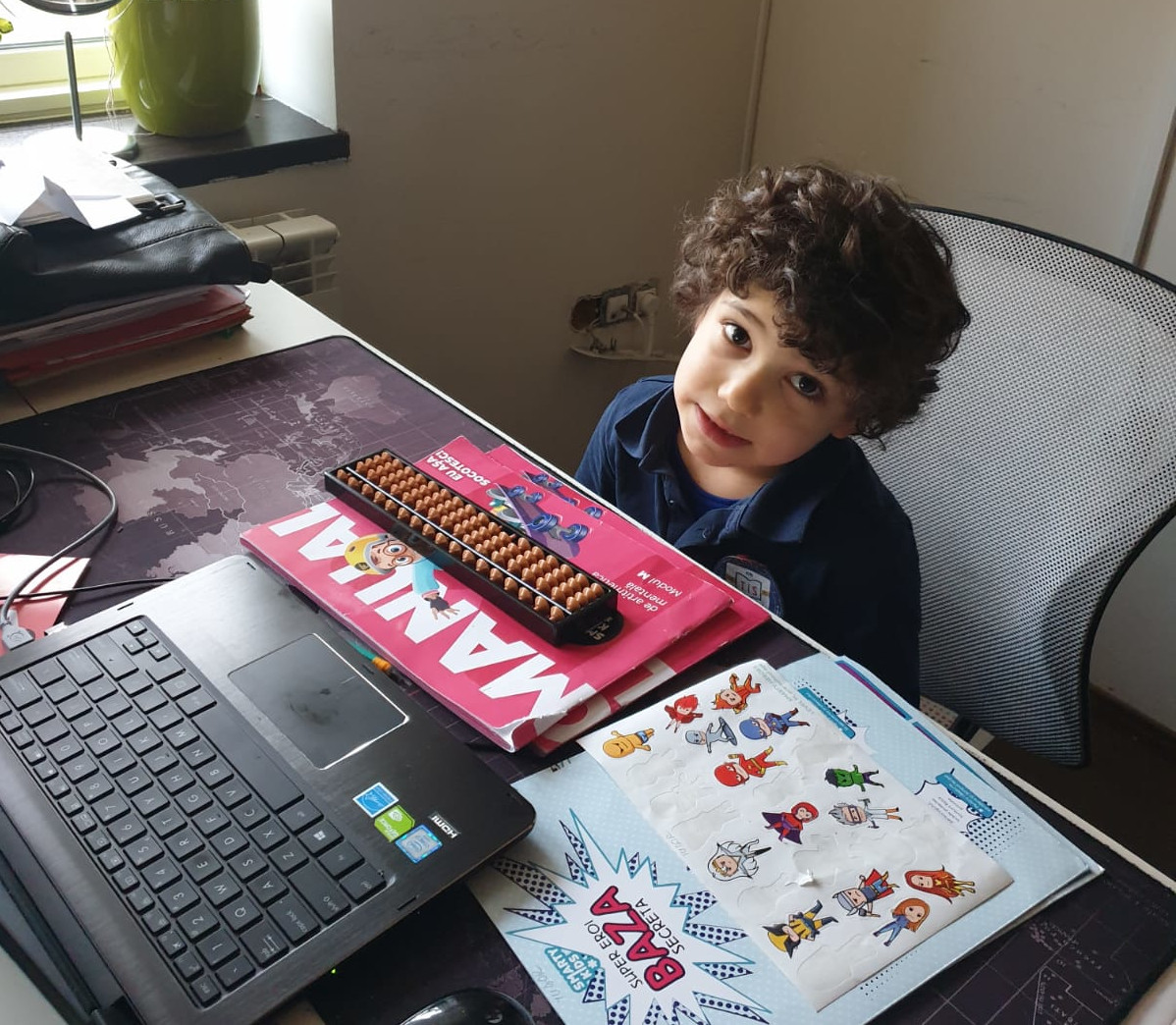
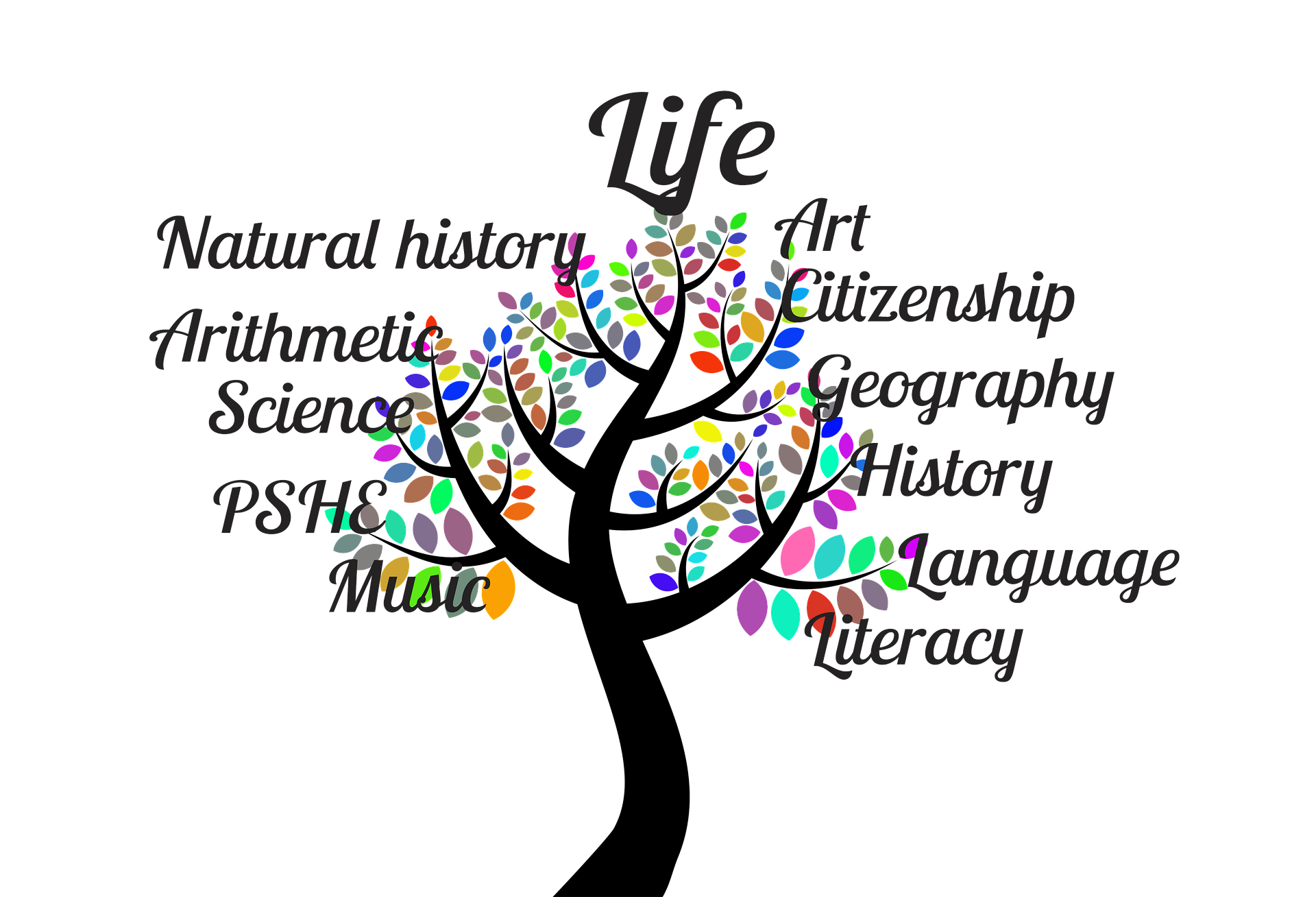
Our advantages
Own original augmented reality workbooks and textbooks
All SmartyKids courses use original educational materials that we designed with a great deal of love and attention to detail. In our lessons, children find colorful illustrations, quality materials and interactive supplements.

Online platform
Practicing every day for 15 minutes, helps children strengthen their learning abilities and obtain better results. For convenience in reviewing homework, we created online user accounts for students and teachers. The use of the online platform increases learning speed and efficiency by 40%.
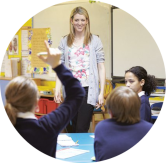
Qualified and experienced teachers
All teachers in SmartyKids educational centers take training and certification courses. They know how to attract each child and find a common language. You may bestow your full trust in our specialists!
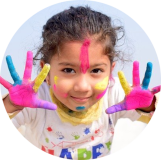
Gamification and animation
Your child is not going to get bored in our centers: fascinating adventures, dynamic games, tasks and prizes have been included in classrooms. We thus solve the main problem of engaging the child in the learning process.
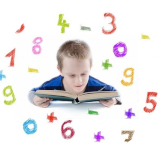
Participation in Olympiads
Children studying in our centers participate each year in regional and international mental arithmetic Olympiads, in order to check their level, to be motivated to study even more and meet new friends.
